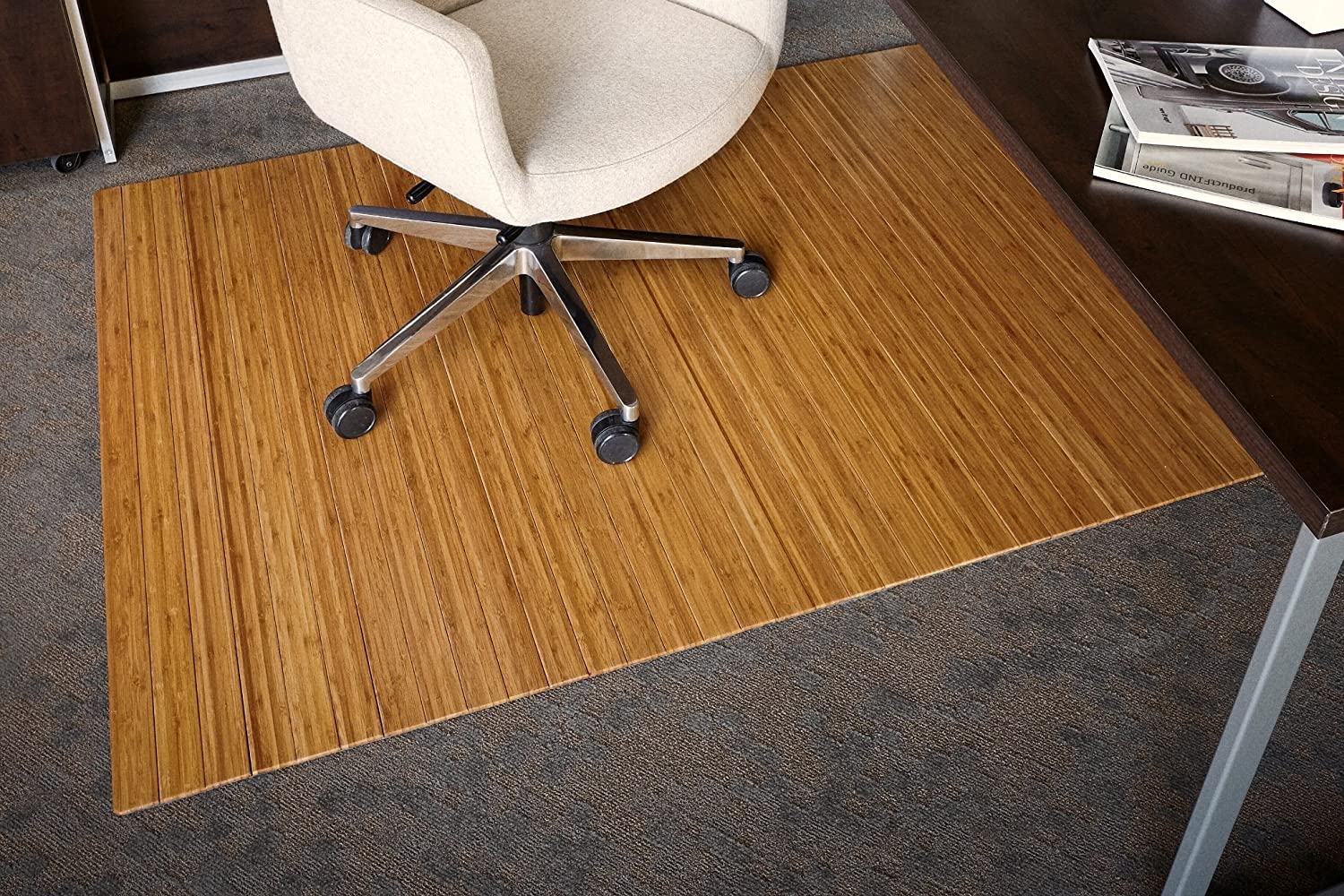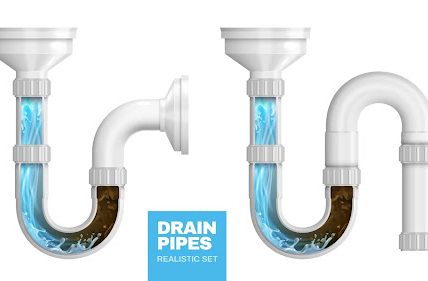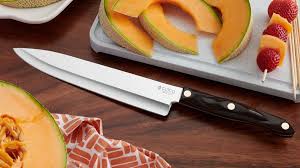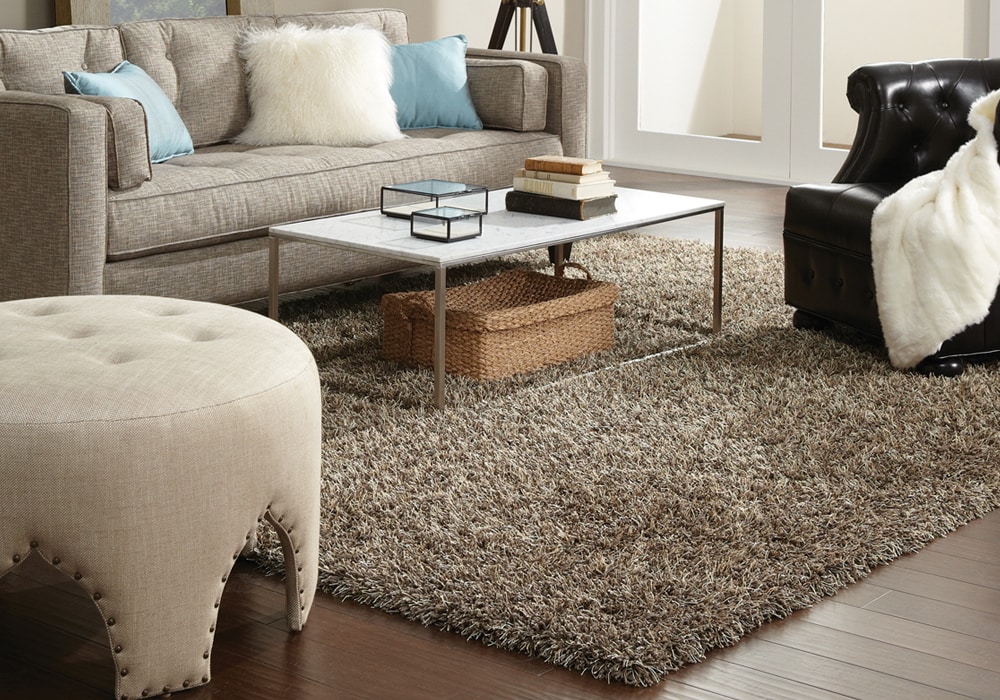If you’re setting up a gym, whether it’s in your home or a commercial space, you need to choose the right flooring. Gym floor mats can protect your equipment and the floor, reduce noise, and provide a non-slip surface. But with so many options available, how do you know which one is right for you? In this comprehensive guide, we’ll help you choose the ultimate gym floor mats.
The Benefits of Gym Floor Mats
Gym floor mats are an essential investment for any gym owner. Not only do they provide a non-slip surface that reduces the risk of injury, but they also help to protect your floors from heavy equipment and weights. Additionally, they can reduce noise and vibration, making your gym a more pleasant environment for you and your clients.
Types of Gym Floor Mats
There are many different types of gym floor mats available, each with its own unique features and benefits. Here are some of the most popular options:
- Rubber Mats: Rubber gym mats are durable and shock-absorbent, making them perfect for high-impact workouts. They’re also water-resistant and easy to clean.
- Foam Mats: Foam gym mats are lightweight and affordable, making them a popular choice for home gyms. They’re also non-slip and shock-absorbent.
- Interlocking Mats: Interlocking gym mats are easy to install and customize, as you can add or remove tiles as needed. They’re also non-slip and shock-absorbent.
- Carpet Mats: Carpet gym mats provide a comfortable surface for stretching and yoga. They’re also non-slip and shock-absorbent
Factors to Consider when choosing flooring mats
When choosing gym flooring mats, there are several factors you should consider:
- Durability: Gym mats should be able to withstand heavy equipment and high-impact workouts.
- Shock Absorption: Mats should be able to absorb shocks and reduce the risk of injury.
- Non-Slip Surface: Mats should have a non-slip surface to reduce the risk of falls and injuries.
- Size: Mats should be the right size for your gym and easy to install.
- Maintenance: Mats should be easy to clean and maintain.
- How to Install Gym Floor Mats
Installing gym floor mats is a straightforward process that you can do yourself. Here’s how:
- Clean the floor: Make sure the floor is clean and dry before you begin.
- Measure the space: Measure the space where you want to install the mats.
- Cut the mats: If necessary, cut the mats to fit the space.
- Lay the mats: Lay the mats on the floor and connect them if needed.
- Secure the mats: If necessary, secure the mats to the floor with double-sided tape.
Faqs
Q: Can gym floor mats be used for outdoor workouts?
A: Yes, some gym floor mats are suitable for outdoor use. Look for mats that are weather-resistant and can withstand UV rays.
Q: How thick should gym floor mats be?
A: The thickness of gym floor mats depends on the type of workout you’ll be doing. For high-impact workouts, mats should be at least 1 inch thick.
Q: Can gym floor mats be cleaned with a pressure washer?
A: Yes, rubber gym mats can be cleaned with a pressure washer, but be sure to use a low-pressure setting to avoid damaging the mats.
Q: Can gym floor mats be used in a garage?
A: Yes, gym floor mats are perfect for use in a garage gym. They can protect the floor from heavy equipment and reduce noise.





